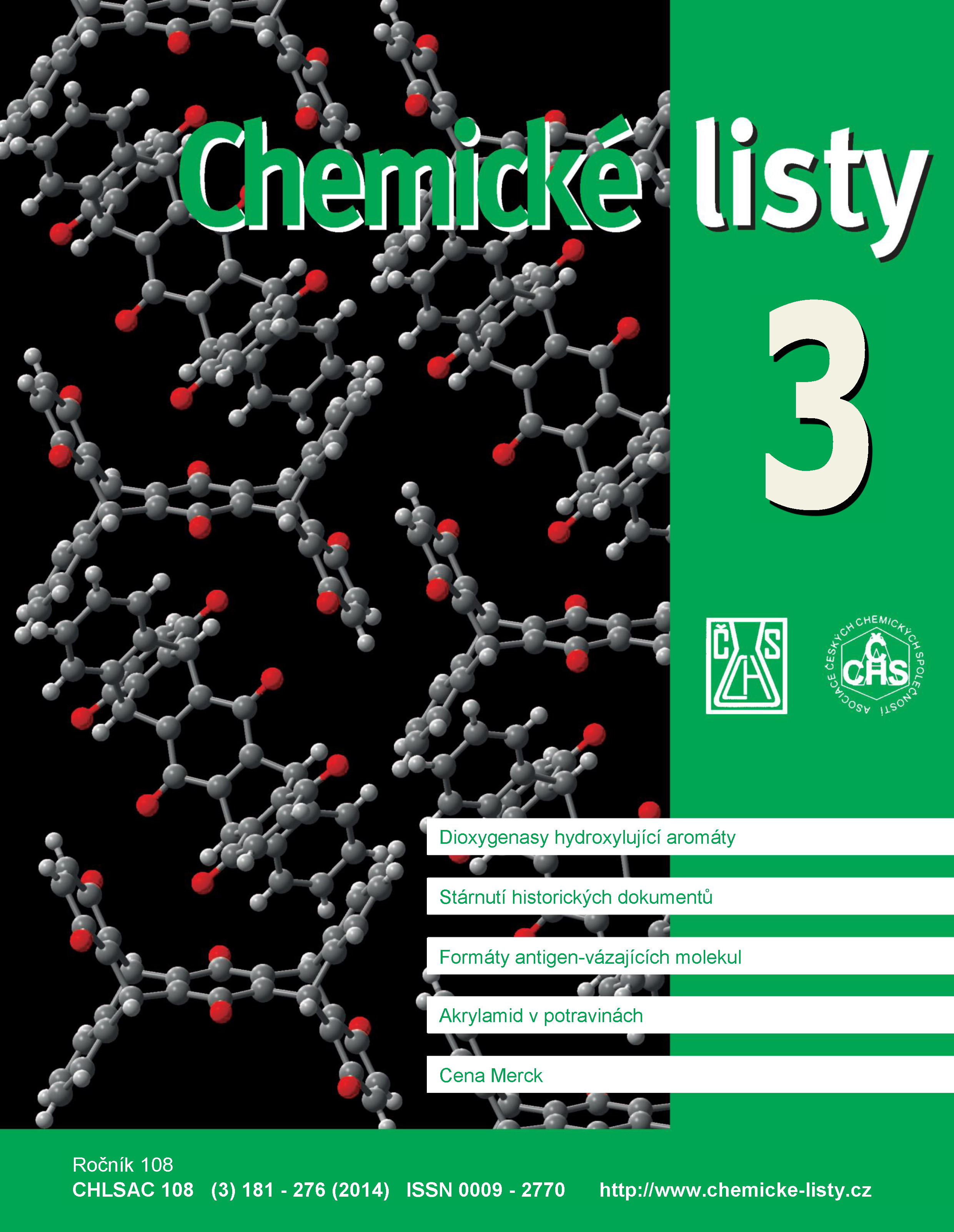Aromatic Ring Hydroxylating Dioxygenases – Structure - Function Relationships
Keywords:
dioxygenases, aromatic ring, hydroxylation, active siteAbstract
Aromatic ring hydroxylating dioxygenases (ARHDs) catalyze the insertion of molecular oxygen into aromatic rings, forming arenedohromadydiols. ARHDs consist of a terminal oxygenase and an electron transport system. ARHDs are key enzymes in biodegradation of many aromatic pollutants, including both monoaromatic and polyaromatic hydrocarbons, or low-chlorinated biphenyls. In general, ARHDs show broad substrate specificity thus being able to transform various aromatic compounds. This study aims to summarize the current knowledge of ARHDs, including their structure, substrate specificity and the influence of amino acid residues on the enzymes.





